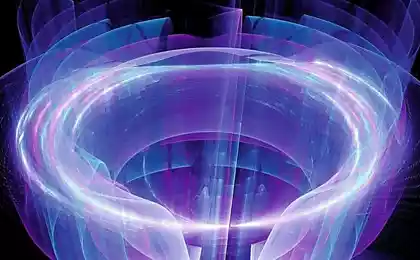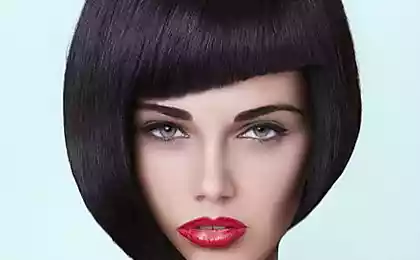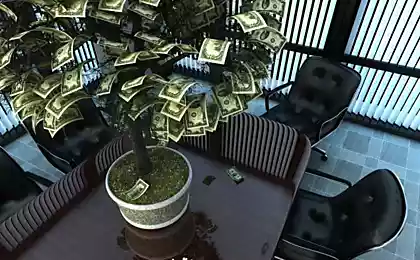588
The inflatable module of the ISS
Few details about the BEAM (inflatable chamber of the International Space Station).

BEAM module (Bigelow Expandable Activity Module) was delivered into orbit April 8, 2016 in the unpressurized compartment of the "Dragon." If all goes according to plan, April 15-16 BEAM dock with the ISS using the Canadarm2 manipulator, and on May 25-26 deceive.

Volume BEAM'a minimized 3, 6 cubic meters, a gross - 16, 0 cubic meters
The shell consists of several layers, which include Vectran material. Vectran stronger than Kevlar and is designed to withstand micrometeorites and space debris. This material has already worked in space - in particular, has been used in depreciation balloons landing rovers Spirit and Opportunity
.
Moreover, BEAM - not the first inflatable spacecraft. Company-developer «Bigelow Aerospace» already run-in technology to unmanned vehicles Genesis I and Genesis II (2006-2007 gg.).

Both had Genesis'a 15-cm "skin" and retain the tightness of at least two years after starting. Washer and are now in orbit, but the monitoring of their internal parameters is not conducted.
The BEAM, unlike Genesis'ov, is positioned as a habitable module, but after docking with the ISS to live, to work and to keep the materials in it are not. Luke lifted her and will remotely monitor temperature, pressure, radiation environment inside. Indications radiation sensors will be compared with the data of the sensors inside the ISS.
Animation:



If the two-year tests are successful, then in future possible construction of similar modules of space stations and colonies on the Moon and Mars.



In addition to saving space when running, advantages include a design mark absorbing textile best characteristics compared to conventional aluminum siding. And the problem of noise on the ISS is very acute: because of him many of the astronauts do not get enough sleep
. The creators believe that the wall module withstand ingress mikrometorita even better than aluminum structures. If the meteorite still strikes a textile sheath, then that will not burst immediately, but will be gradually "poison" the air and give time to take action.
BEAM FAQs from NASA
Source: geektimes.ru/post/274090/

BEAM module (Bigelow Expandable Activity Module) was delivered into orbit April 8, 2016 in the unpressurized compartment of the "Dragon." If all goes according to plan, April 15-16 BEAM dock with the ISS using the Canadarm2 manipulator, and on May 25-26 deceive.

Volume BEAM'a minimized 3, 6 cubic meters, a gross - 16, 0 cubic meters
The shell consists of several layers, which include Vectran material. Vectran stronger than Kevlar and is designed to withstand micrometeorites and space debris. This material has already worked in space - in particular, has been used in depreciation balloons landing rovers Spirit and Opportunity
.

Moreover, BEAM - not the first inflatable spacecraft. Company-developer «Bigelow Aerospace» already run-in technology to unmanned vehicles Genesis I and Genesis II (2006-2007 gg.).

Both had Genesis'a 15-cm "skin" and retain the tightness of at least two years after starting. Washer and are now in orbit, but the monitoring of their internal parameters is not conducted.
The BEAM, unlike Genesis'ov, is positioned as a habitable module, but after docking with the ISS to live, to work and to keep the materials in it are not. Luke lifted her and will remotely monitor temperature, pressure, radiation environment inside. Indications radiation sensors will be compared with the data of the sensors inside the ISS.
Animation:



If the two-year tests are successful, then in future possible construction of similar modules of space stations and colonies on the Moon and Mars.



In addition to saving space when running, advantages include a design mark absorbing textile best characteristics compared to conventional aluminum siding. And the problem of noise on the ISS is very acute: because of him many of the astronauts do not get enough sleep
. The creators believe that the wall module withstand ingress mikrometorita even better than aluminum structures. If the meteorite still strikes a textile sheath, then that will not burst immediately, but will be gradually "poison" the air and give time to take action.
BEAM FAQs from NASA
Source: geektimes.ru/post/274090/
Tszyanfey - SUPER effective breathing exercises for rapid weight reset
The seniors gathered fusion reactor in the garage and put experiments





















